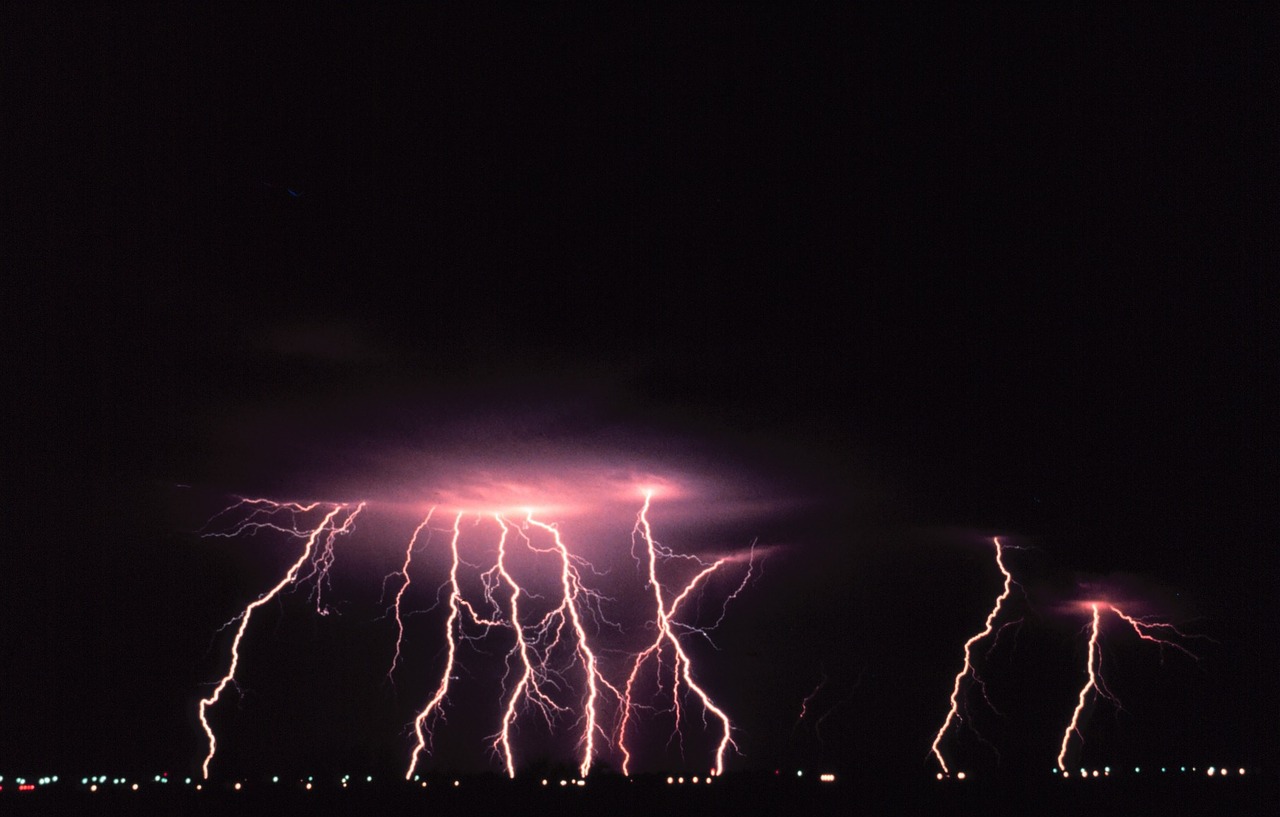When a storm moves in it is almost always accompanied by thunder and lightning. Now although thunderstorms can be scary thunder and lightning are actually really interesting acts of nature. Watching and listening to a thunderstorm can be very exciting but keep in mind that you never want to get caught out in a bad storm especially if there is a lot of lightning.
What is Lightning?
To begin with what exactly is lightning? Often times when it storms you have both thunder and lightning, lightning is the flash and thunder is the boom so what are each of these things and how do they happen?
Lightning is a burst of electricity that is powerful and very quick. It is caused by an electrical charge in the atmosphere that is unbalanced. This unbalance is caused from rain and ice movement inside of the thundercloud. All of this movement causes an electrical charge with the negative charge or the electrons at the bottom of the cloud and the positive charge, protons, at the top. As the negative charge starts to be attracted to the positive charge at the bottom of the cloud the unbalance is created and lighting can happen inside the clouds as well as traveling from the cloud to the ground.
Lightning for Kids
Here are a few lightning for kids facts:
- The reason lightning hits trees, tall buildings, lightning rods, and occasionally people is because when it travels to the ground it seeks the shortest route to a positive charge. This means the higher something with a positive charge is the more likely it is to be struck by lightning.
- Lightning usually occurs over land rather than over the ocean.
- There are millions of volts of electricity in lightning.
- Thunder is the sound caused by lightning.
Thunder
Now that we know what lightning is we know that thunder is the sound created by lightning? Thunder occurs because when lightning strikes it releases an intense heat and the surrounding air rapidly expands and this creates a sonic wave, also known as thunder. Thunder is not always a very loud boom but it can also be a low rumble. A fun thing to do if you want to know how close the storm and lightning are to you is to sit and count the gap between the flash of lightning and the clap of thunder. The shorter the interval of time the closer you are.

